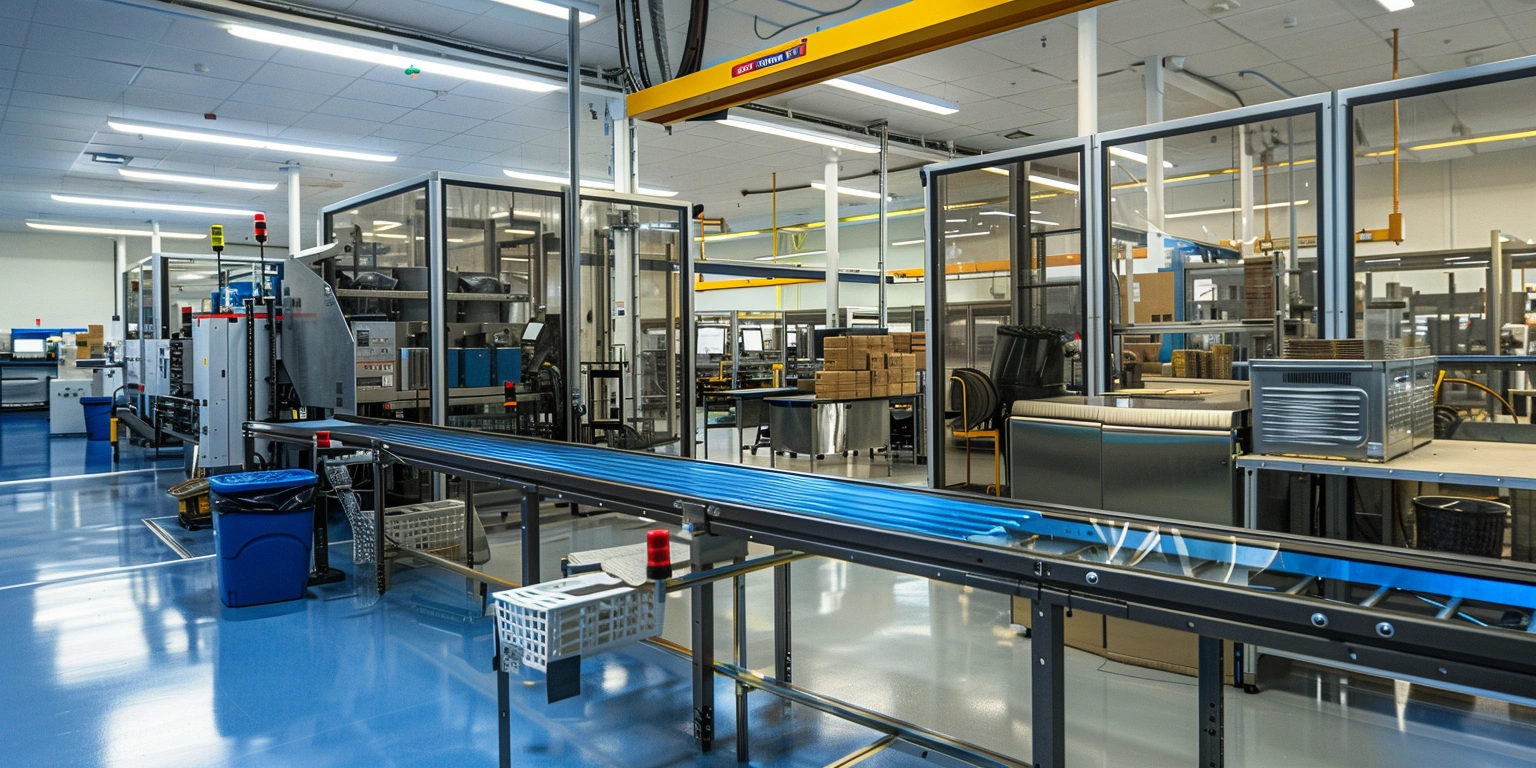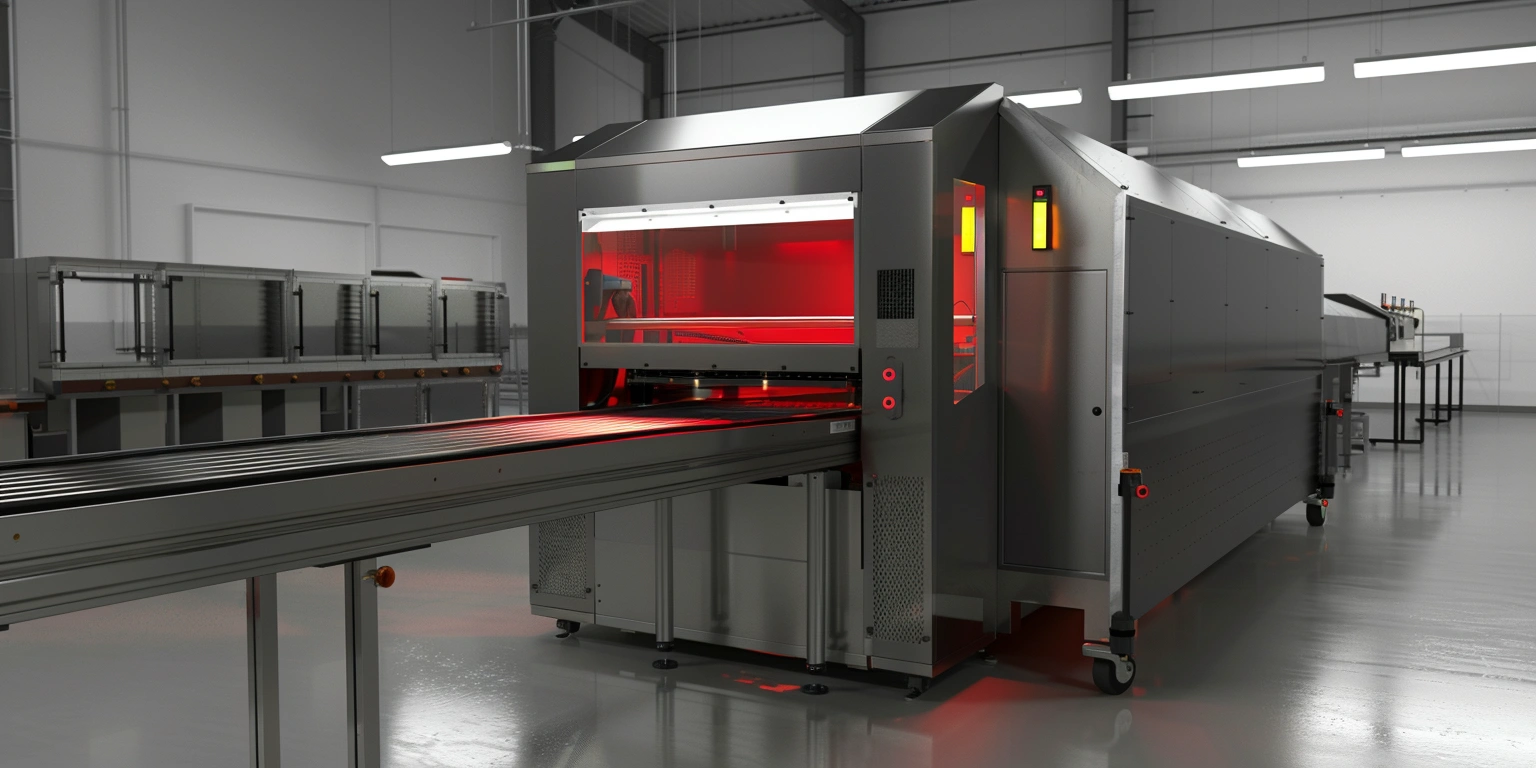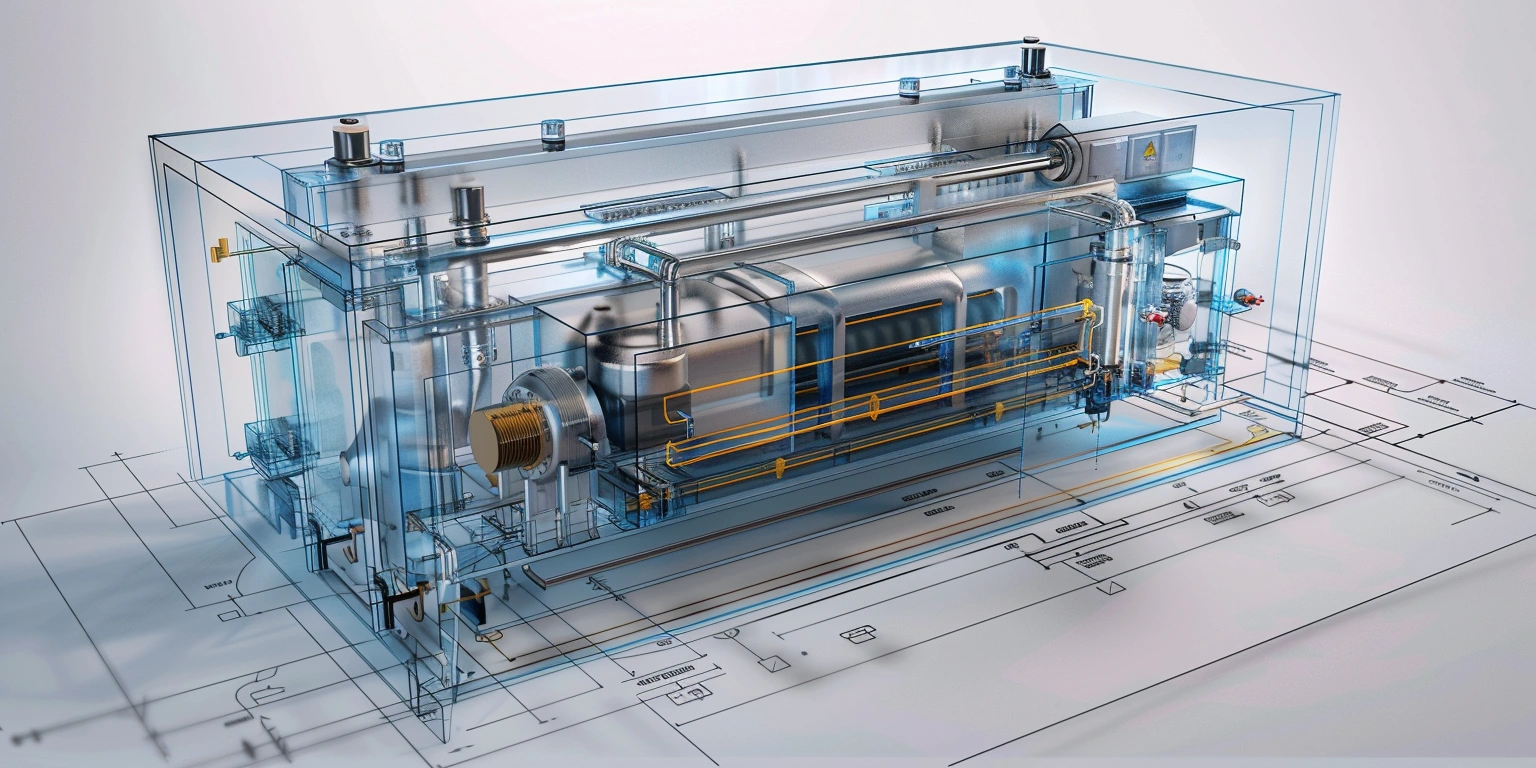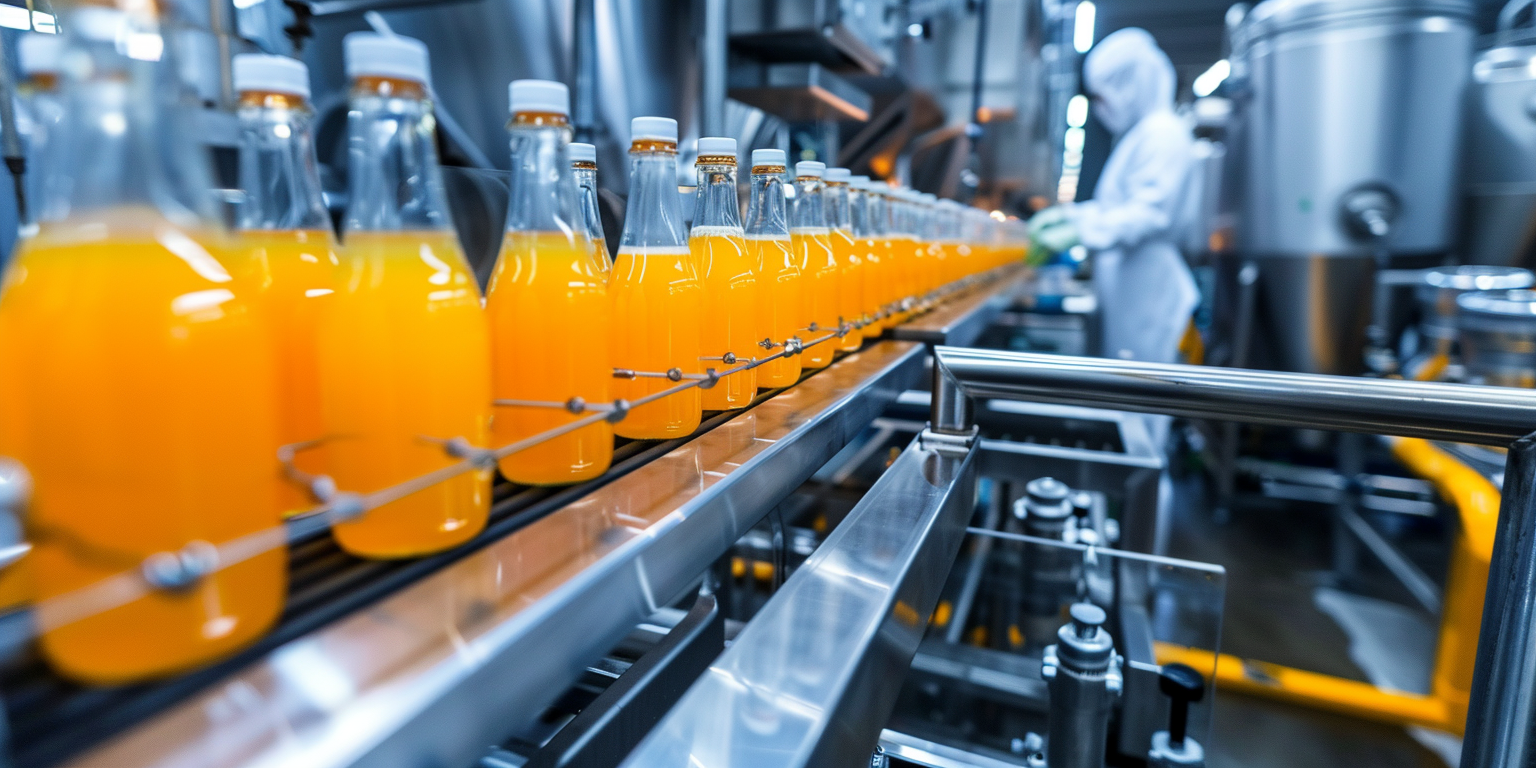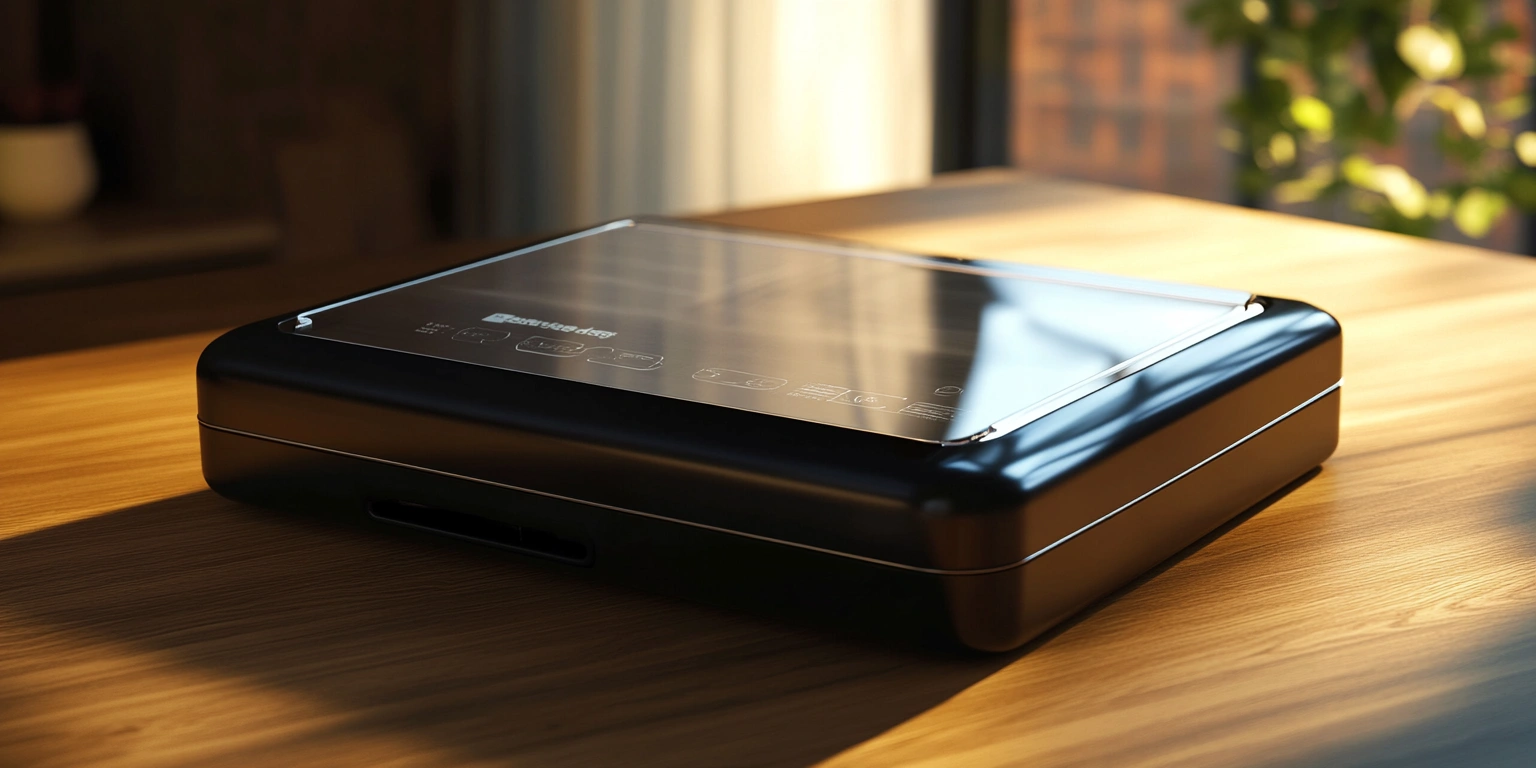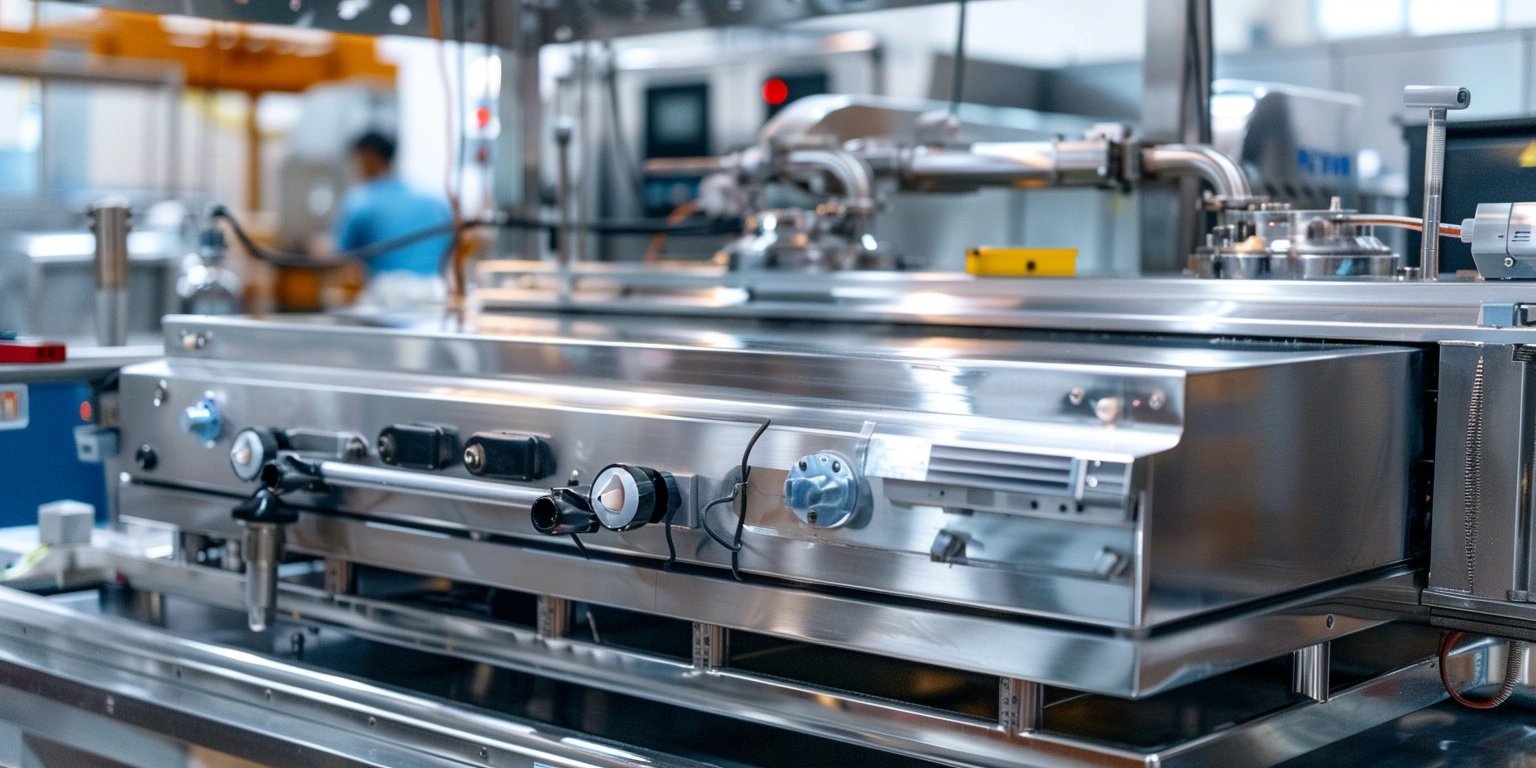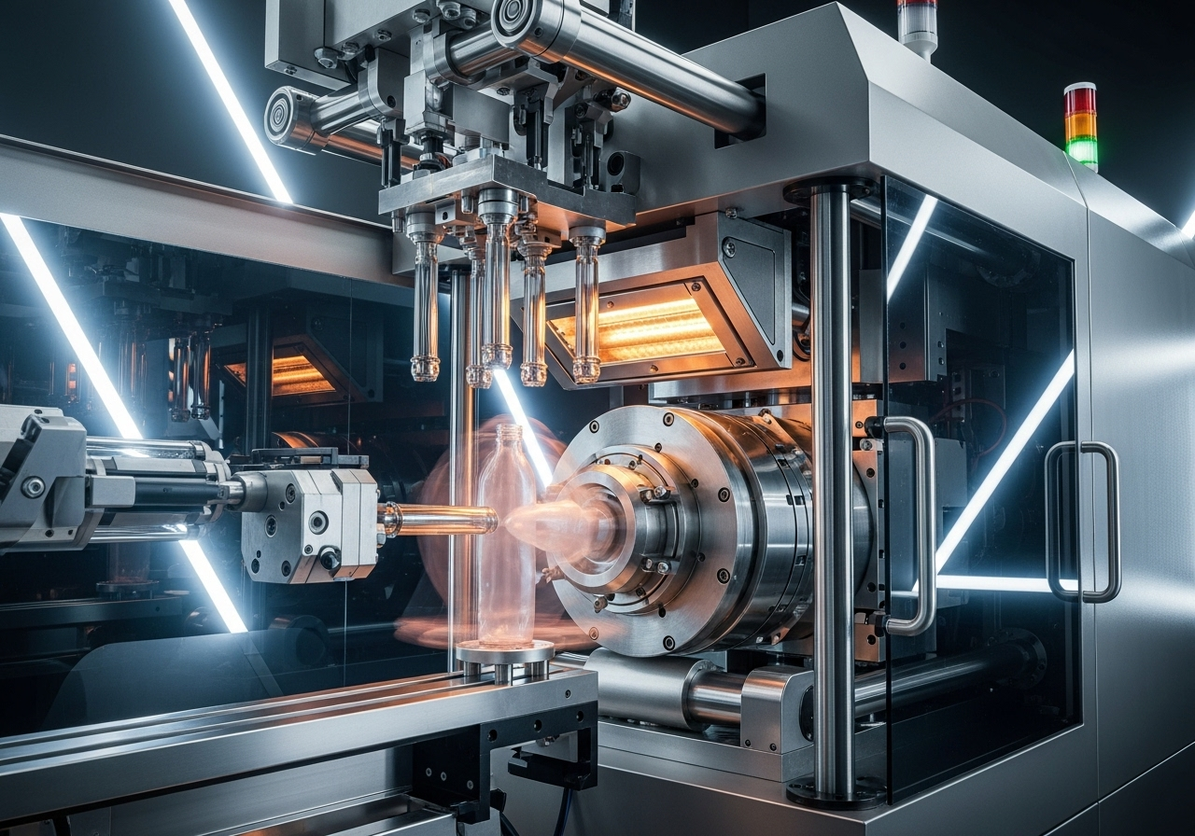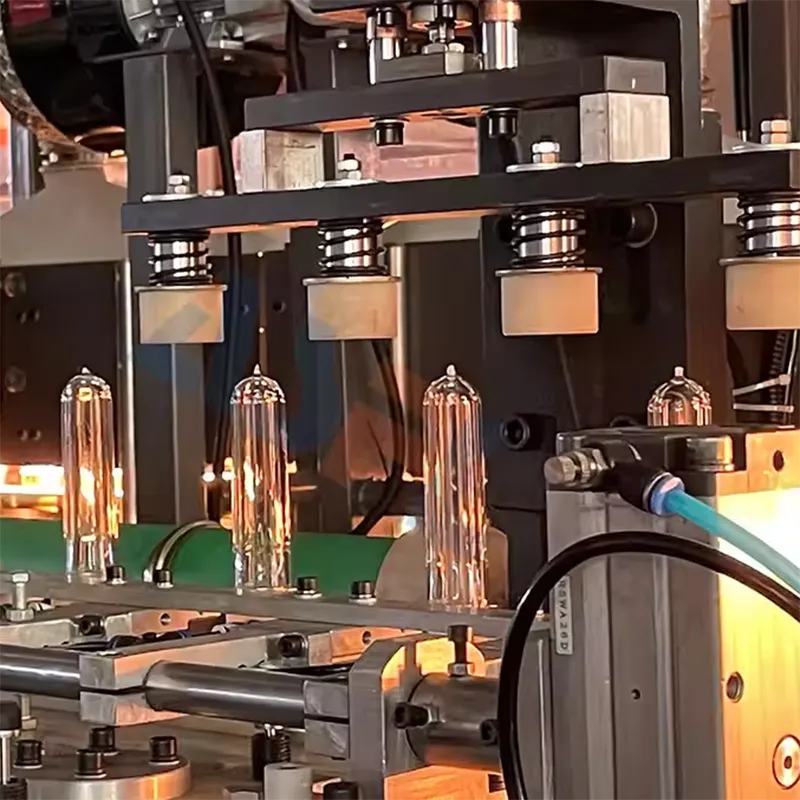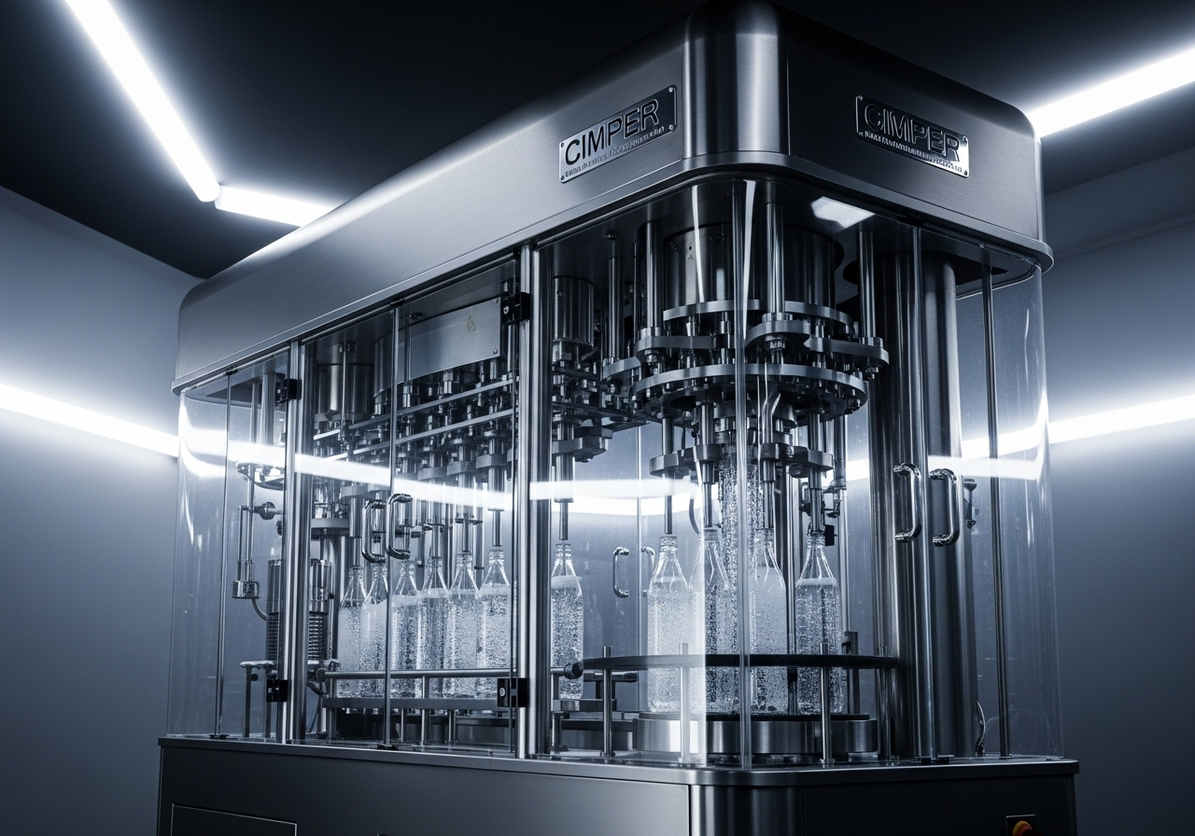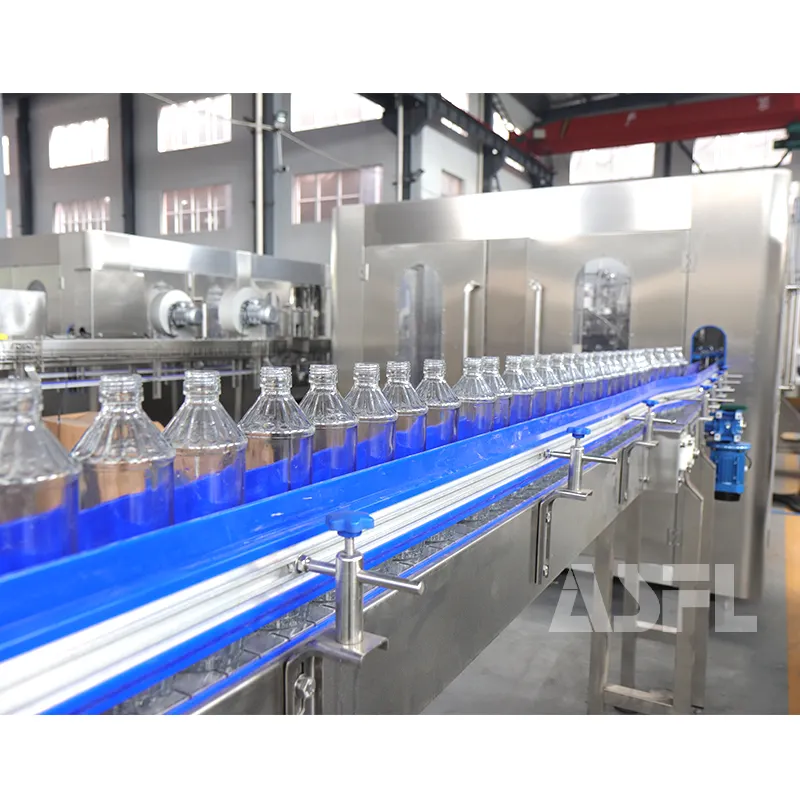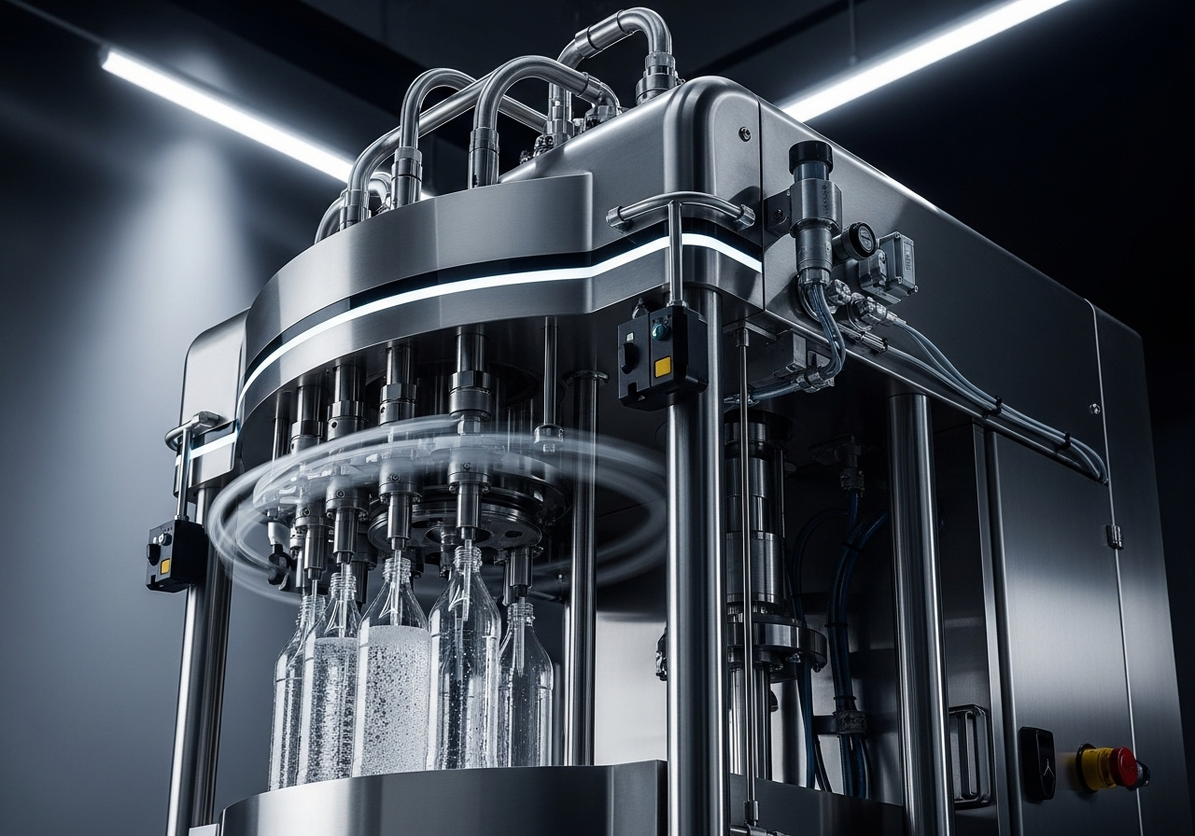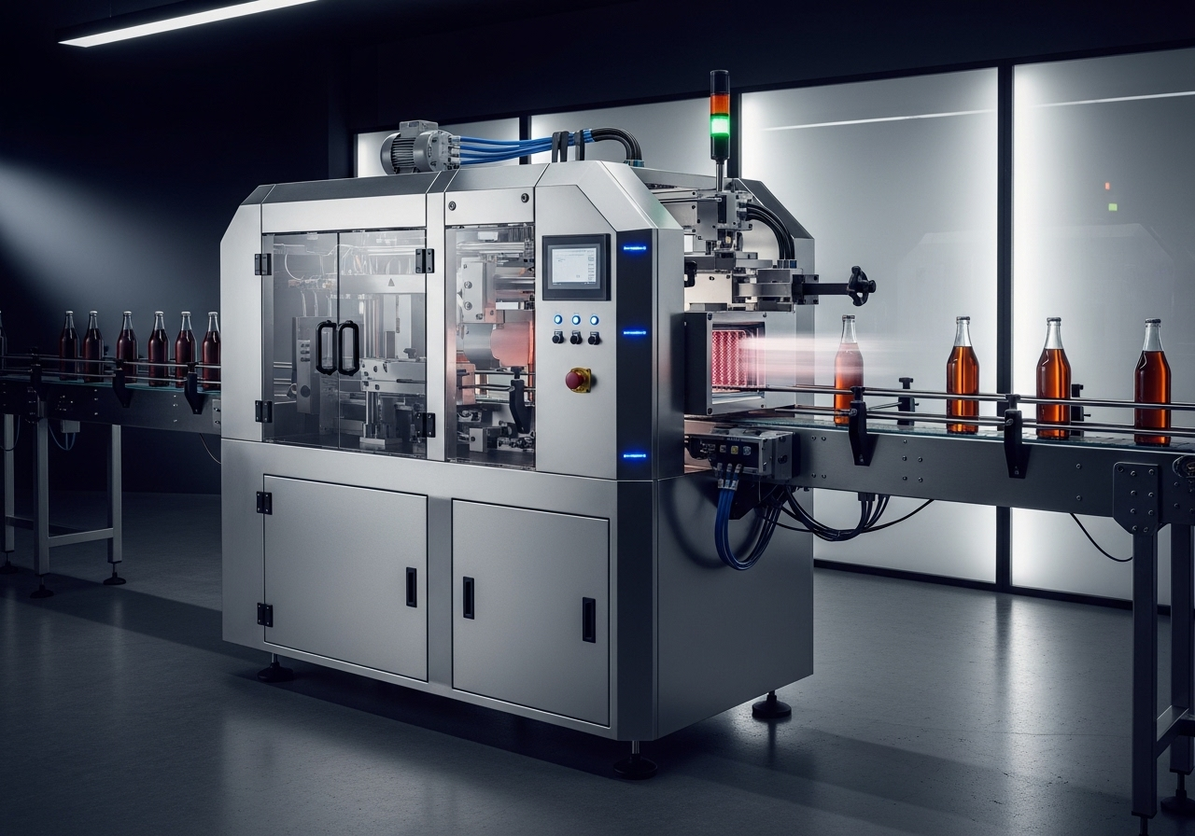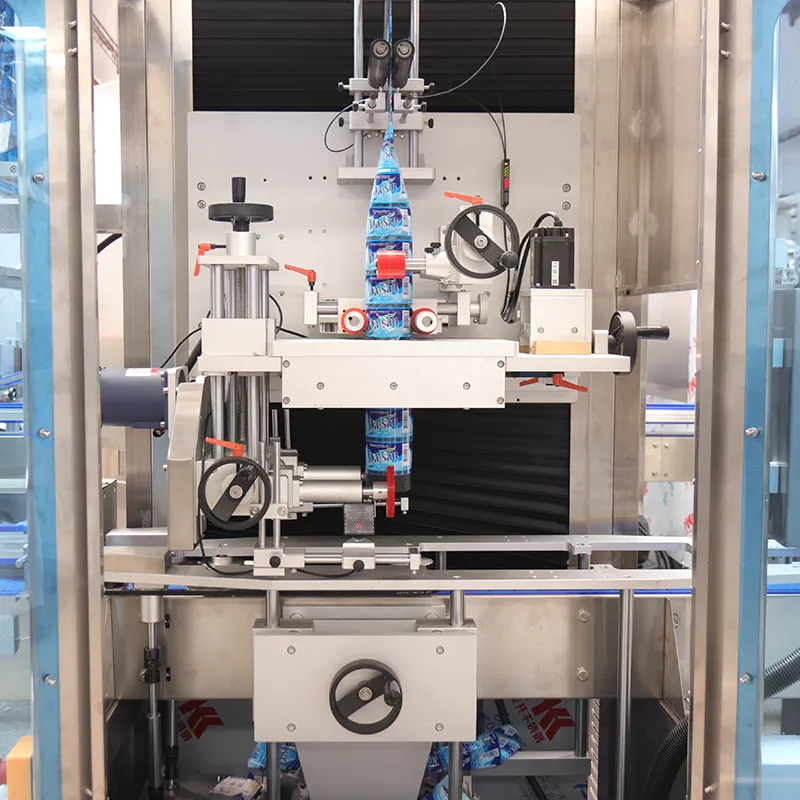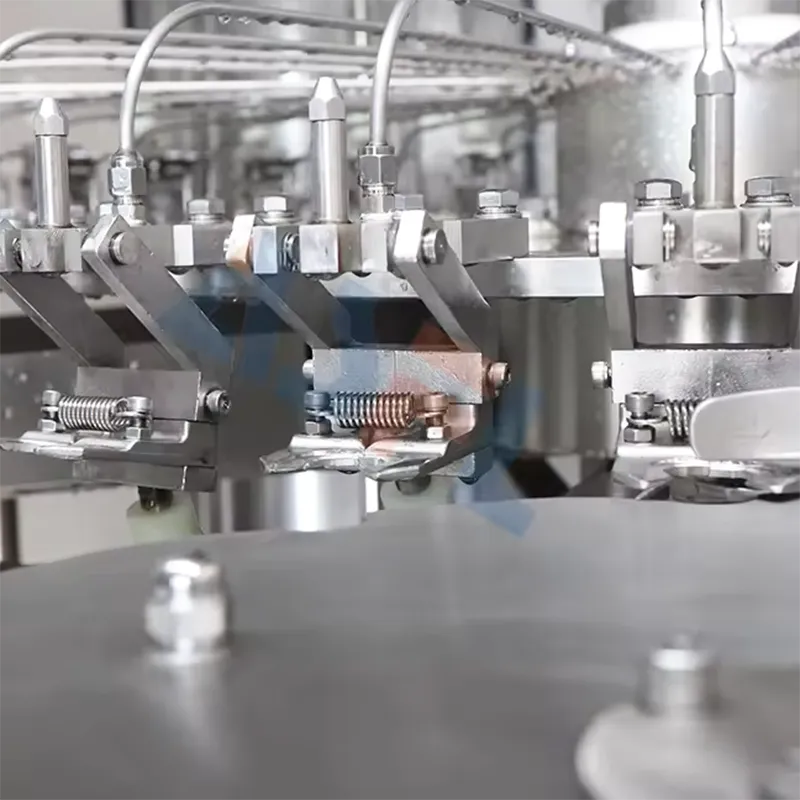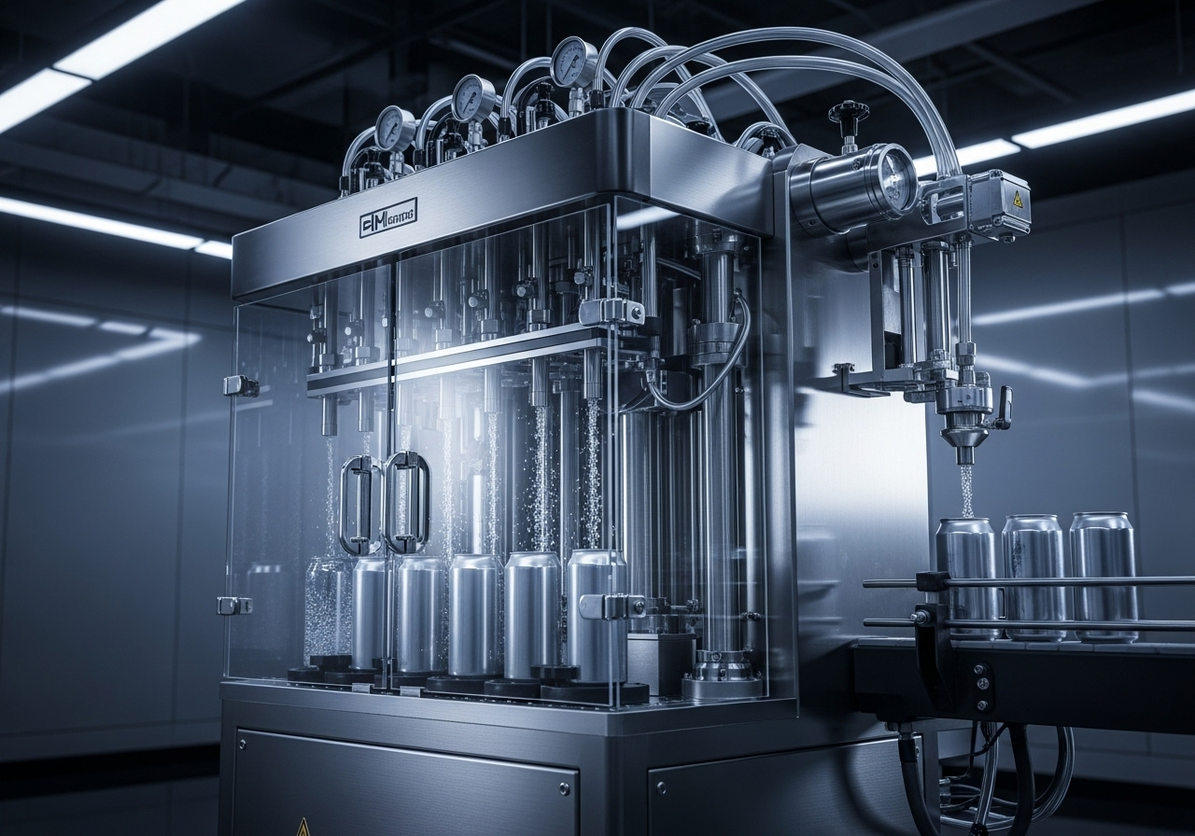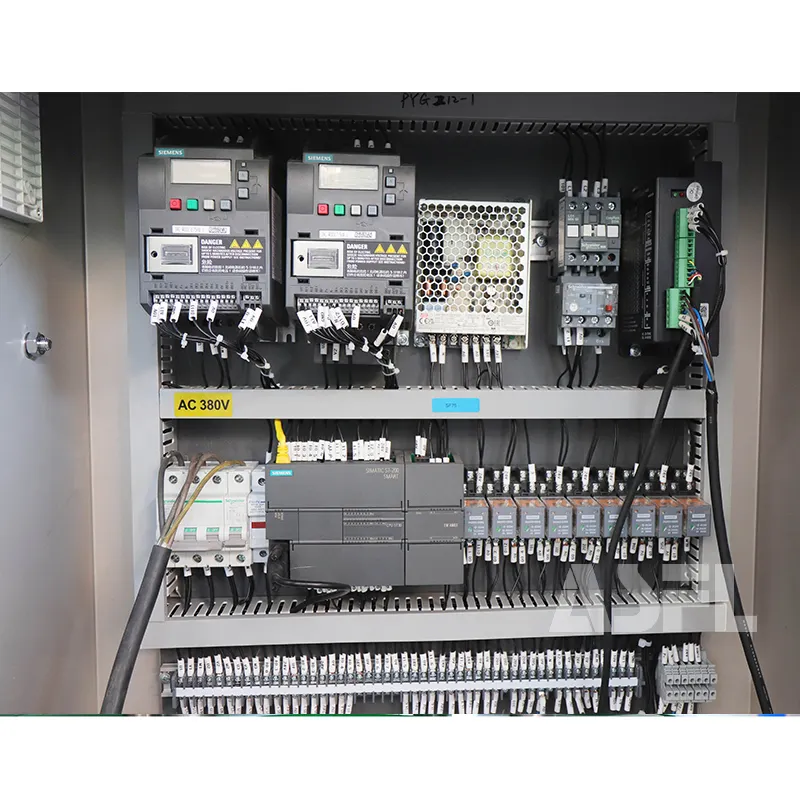Many buyers tell me the same story: they started with a consumer countertop unit for jars, then hit a ceiling on throughput and consistency. That inflection point is exactly where ASFL systems are designed to step in—bridging simple jar sealing and true chamber-based packaging without forcing you into a bloated footprint or an overcomplicated controls stack.
From a sales desk, I’ve watched teams wrestle with two questions: does the control architecture justify the investment, and will the line run steadily during real shifts, not just demos? Those are fair concerns. They’re also why I like to walk through the evolution of the technology before talking SKUs or discounts.
So let’s unpack how the controls, automation features, and support model have matured—and where that leaves you if you’re weighing jar sealing, pouches, or a move toward a chamber platform.
Control System Architecture
First, the basics. Today’s control core pairs a compact PLC with a vacuum transducer and seal-bar temperature control. Think of it as moving from a kitchen timer to a cockpit: vacuum level, hold time, and seal pulse are all programmable, and the system logs cycles for traceability. On an industrial vacuum chamber sealer machine, that means repeatable results when the room temp swings or when operators rotate across shifts.
On the hardware side, a typical configuration runs a 10–40 m3/h rotary vane pump, 304 stainless construction, a 260–400 mm seal bar, and 120/230V single or three-phase depending on model. Ethernet/IP or Modbus TCP is available for plant connectivity. I’ve seen teams start with a small frame, then add a second seal bar and a recipe pack as demand grows. Distributors sometimes label these as ASFL vacuum sealerealer commercial grade units—what matters more is the duty cycle rating and service access, not the catalog tag.
Why does this architecture matter? Because control stability defines yield on borderline products—coffee, nuts, sous-vide proteins—where a few millibars at the end of the cycle changes results. The PLC also simplifies changeovers. Operators select a recipe, the system adjusts draw-down profile and seal pulse, and you get fewer learning-curve surprises when new SKUs roll in.
Automation Capabilities
Automation is more than an auto-lid. In the current generation, you get recipe management, staged vacuum (to protect fragile packs), soft-venting, and sensor-based lid interlocks. The HMI is clean: vacuum setpoint, compensation for altitude, and a maintenance screen with counters for seals, hours on pump, and filter reminders. Compared to a countertop unit like the bn‑link electric mason jar vacuum sealer, you’re moving from one-speed-fits-all to parameterized control that matches real product variation.
For mixed production, an accessory port supports jar attachments and test pulls. I’ve seen small teams run jars in the morning, then swap to flat pouches in the afternoon without touching wiring. You keep the same control logic; you just load a different recipe set and tooling.
Small Batch and Artisan Production
If you’re wondering what to use a vacuum sealer for in a small shop, start with shelf-life extension and presentation: roasted coffee, spice blends, pickled vegetables, charcuterie, or kits for meal prep. Jar sealing has its place—clean labeling, reusable formats, and a "handmade" look. When the order volume grows, a chamber approach handles liquids and marinades with far less mess and far fewer rejects.
I’ve watched micro-roasters and farmstead processors begin on an entry device similar to a bn‑link electric mason jar vacuum sealer to validate demand. Once they see steady orders, they step into a compact ASFL frame to run both jars and pouches. The win isn’t just speed; it’s confidence that every 20–40 seconds you’ll get a consistent pull and seal, even when the production room warms up.
And you don’t have to abandon the jar aesthetic. With the correct accessory porting and a gentle vent routine, you can still run jars on the same platform you use as a vacuum chamber sealer machine—just swap tooling and call the jar recipe. That flexibility keeps capex grounded while you grow.
Reduced Downtime and Maintenance
Here’s where evolution shows up in day-to-day life. Older units relied on fixed timers and manual checks. Modern ASFL systems track maintenance intervals on the HMI. Filter kits sit behind a single panel, and the pump service schedule is available as a QR-linked checklist. I advise customers to plan short preventive stops around real production: every 250–500 hours for filter checks, and oil changes on the manufacturer’s interval depending on the duty cycle.
We’ve learned that downtime rarely comes from the pump itself; it’s usually peripherals—lid switches misaligned after a tooling change, or seals wearing faster on abrasive product dust. The countermeasure is simple: a 10-minute weekly inspection with a feeler gauge on the seal bar and a quick sensor health check. It sounds trivial, but it saves the mid-shift scramble we’ve all lived through.
Trade-offs exist. Oil-less pumps reduce housekeeping, but they may not pull as deep a vacuum on certain high-moisture loads. Oil-lubricated pumps demand routine care, yet they handle challenging applications with more margin. I spell out both paths so teams can pick what fits their products and staffing model.
What Are the Key Selection Criteria?
Start with the products, not the brochure. Max pouch width and thickness, liquid content, jar sizes, and your real takt time are the anchors. If you run a few SKUs today but plan seasonal spikes, size for the worst week, not the average. When buyers come in asking about mason jar ASFL vacuum sealerealer reviews they saw online, I steer the conversation back to vacuum level repeatability, seal integrity on the heaviest bag, and how fast an operator can switch formats without errors.
Power and air requirements matter. Many frames are happy on 120/230V with no compressed air, but check inrush and local code. Consider ergonomics too: lid height, table clearance, and visibility of the seal area. If you’re cross-shopping with a countertop jar unit or a brand you know from retail, like the bn‑link electric mason jar vacuum sealer, map your actual cycle time and reject rate across an 8-hour shift—fatigue and rework change the math fast.
One more tip: search terms such as ASFL vacuum sealerealer commercial grade can be helpful to find the category, but the decision should lean on measured pull time at your altitude, seal bar profile for your film, and the changeover rhythm your team can sustain. That’s the difference between a nice demo and a stable line.
Installation and Commissioning: What Should You Expect?
A typical small-frame install takes a few hours: uncrate, position, electrical hook-up, and a short burn-in. Commissioning runs faster when you have a tray of your real products ready—two or three representative SKUs with the actual films and jars. As ASFL engineers have observed across many installs, the turning point is recipe dialing with operators present; once the team sees the HMI flow and saves a few go-to recipes, confidence rises and the ramp is smoother.
After go-live, remote support helps. Commissioning pulls are logged, and support can read cycle counters and sensor values over the network to guide tweaks. If you’re migrating from a compact jar setup to a chamber workflow, schedule one follow-up session a week later. By then you’ll have a punch list: a vent tweak for a saucy SKU, maybe a longer seal pulse for a thicker winter film. Close those items, and you’ll feel the system settle into routine work. That’s the goal. And it’s where ASFL tends to keep winning repeat orders.

